– An Aside –
An oddly fascinating feature of Whitechapel is the continuing existence of the Ten Bells Pub; a public house well known to the murdered women in 1888 and possibly even by the murderer. Gin added so much to the social misery of the Whitechapel poor, and was a feature in many of the lives of the victims. Perhaps it is a little grim, but today a decent gin and tonic can still be enjoyed in the Ten Bells, but it is well known that the modern patrons are not great fans of Ripper enthusiasts arriving in their watering hole.

It is wonderful to see that many of the original fixtures and fittings of the building and its interior have been preserved. A walk into the back of the bar, into the stairwell, will show that the wooden stairs are exactly as they were over a century ago. The walls are also original, along with the banister. What has been changed has been kept in keeping with the original character of the building. It has a wonderful feeling of authenticity.
It is a lovely way to end one of the many Ripper Tours through Whitechapel. It is rather quite unnerving to imagine that the Ripper himself may have been familiar with this same interior. He may have walked up and down these stairs. We know that many of the working girls frequented the Ten Bells, and it is not inconceivable that the killer drank in here too.


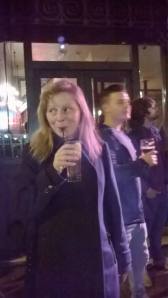


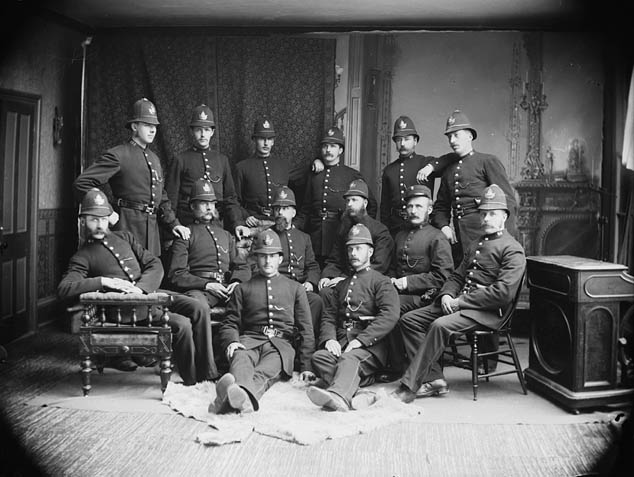
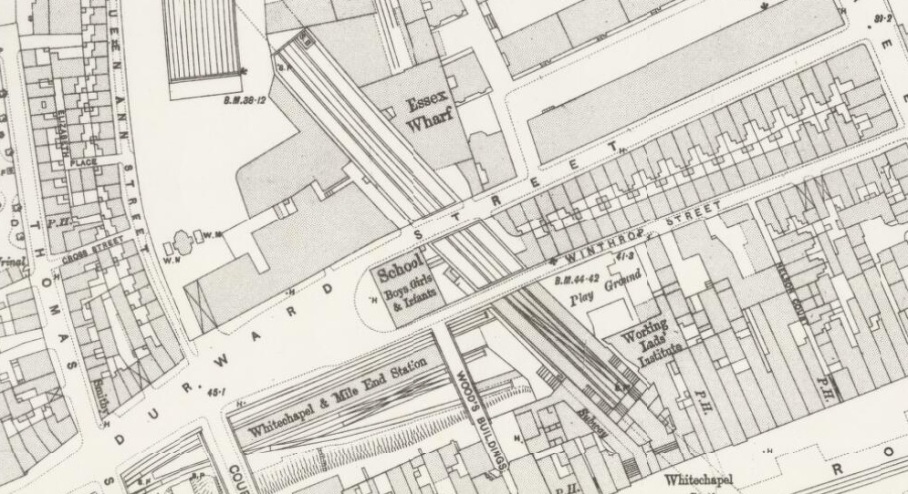
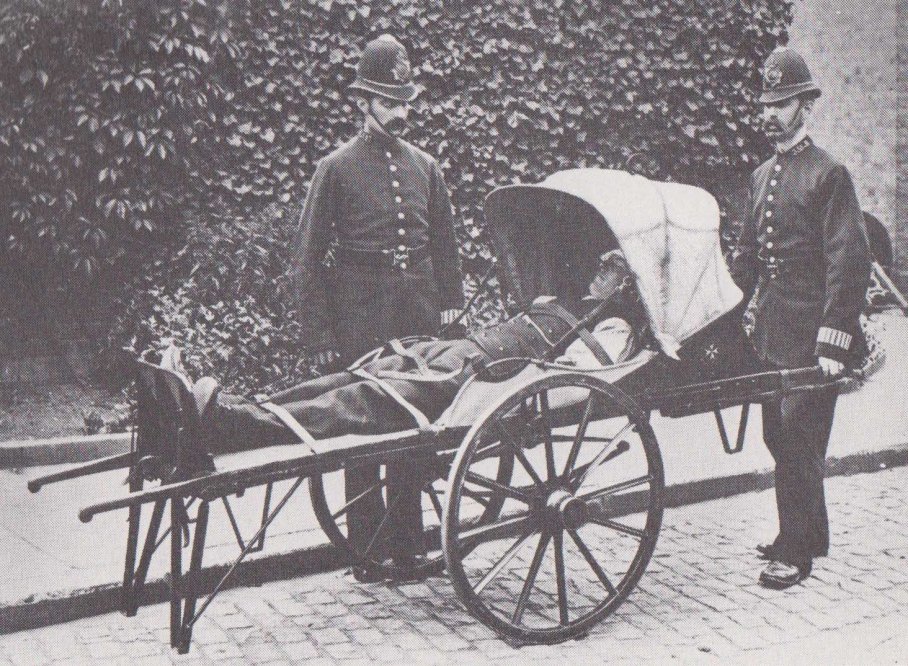

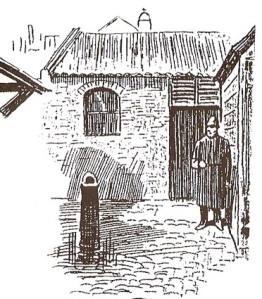 At the time of the Whitechapel murders, as is evinced by the letter of Superintendent James Keating (Saturday 13 October 1888), the station was no longer thought fit for purpose and new premises were being sought. This station is a fifteen minute walk from Buck’s Row, and so PC Mizen would have been absent from the scene for at least half an hour. Once he was back on the scene with the ambulance, and when Llewellyn had conducted his preliminary post-mortem examination, at the instructions of the doctor the police removed the body to the Old Montague Street Mortuary which was no more than a brick shed in Pavilion Yard. This was accessed through a gate at the bottom of Eagle Place, off the northeast end of Old Montague Street. At the closing of the inquest on 22 September the Coroner made some remarks on the need for a mortuary in Whitechapel. It is altogether likely that all four policemen (Sergeant Kirby had joined them on Buck’s Row) accompanied the body to the mortuary, where they were joined shortly afterwards by Inspector Spratley of J Division.
At the time of the Whitechapel murders, as is evinced by the letter of Superintendent James Keating (Saturday 13 October 1888), the station was no longer thought fit for purpose and new premises were being sought. This station is a fifteen minute walk from Buck’s Row, and so PC Mizen would have been absent from the scene for at least half an hour. Once he was back on the scene with the ambulance, and when Llewellyn had conducted his preliminary post-mortem examination, at the instructions of the doctor the police removed the body to the Old Montague Street Mortuary which was no more than a brick shed in Pavilion Yard. This was accessed through a gate at the bottom of Eagle Place, off the northeast end of Old Montague Street. At the closing of the inquest on 22 September the Coroner made some remarks on the need for a mortuary in Whitechapel. It is altogether likely that all four policemen (Sergeant Kirby had joined them on Buck’s Row) accompanied the body to the mortuary, where they were joined shortly afterwards by Inspector Spratley of J Division.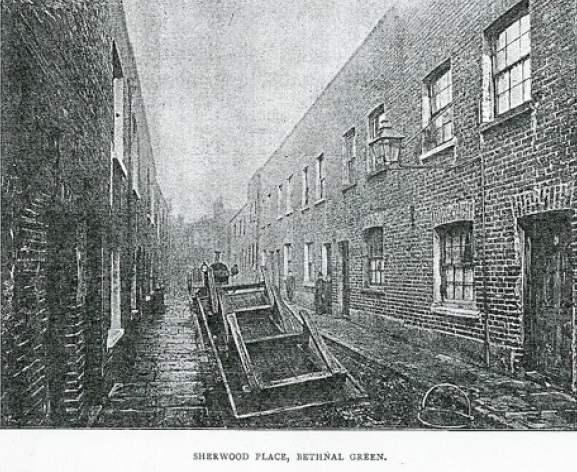
 Quite inexplicably neither the official record of the Baxter Inquest into the death of Mary Ann Nichols, the Times nor the Morning Advertiser newspapers mention the address of the man Charles A. Cross (a name which we later discover to be an alias of Charles Allen Lechmere). This omission has led many to believe that he was reluctant, for reasons heretofore unknown, to give his home address, including this writer. Lechmere in fact did provide his address to Coroner Wynne Edwin Baxter and the inquest jury, and this was recorded as “22 Doveton Street, Cambridge Road” in the Star newspaper, Monday 3 September 1888. It must be concluded then that the Inquest record and the other newspapers simply neglected to mention that the man known there as ‘Cross’ did give an account of his home address. This may suggest that both the Times and the Morning Advertiser were dependent for their information on the inquest record. It is unlikely in the extreme to have been the other way around. Had the court recorder not taken down the address it is not likely then to have made it to the papers depending on it. The Star, on the other hand, appears to be taking its own notes.
Quite inexplicably neither the official record of the Baxter Inquest into the death of Mary Ann Nichols, the Times nor the Morning Advertiser newspapers mention the address of the man Charles A. Cross (a name which we later discover to be an alias of Charles Allen Lechmere). This omission has led many to believe that he was reluctant, for reasons heretofore unknown, to give his home address, including this writer. Lechmere in fact did provide his address to Coroner Wynne Edwin Baxter and the inquest jury, and this was recorded as “22 Doveton Street, Cambridge Road” in the Star newspaper, Monday 3 September 1888. It must be concluded then that the Inquest record and the other newspapers simply neglected to mention that the man known there as ‘Cross’ did give an account of his home address. This may suggest that both the Times and the Morning Advertiser were dependent for their information on the inquest record. It is unlikely in the extreme to have been the other way around. Had the court recorder not taken down the address it is not likely then to have made it to the papers depending on it. The Star, on the other hand, appears to be taking its own notes.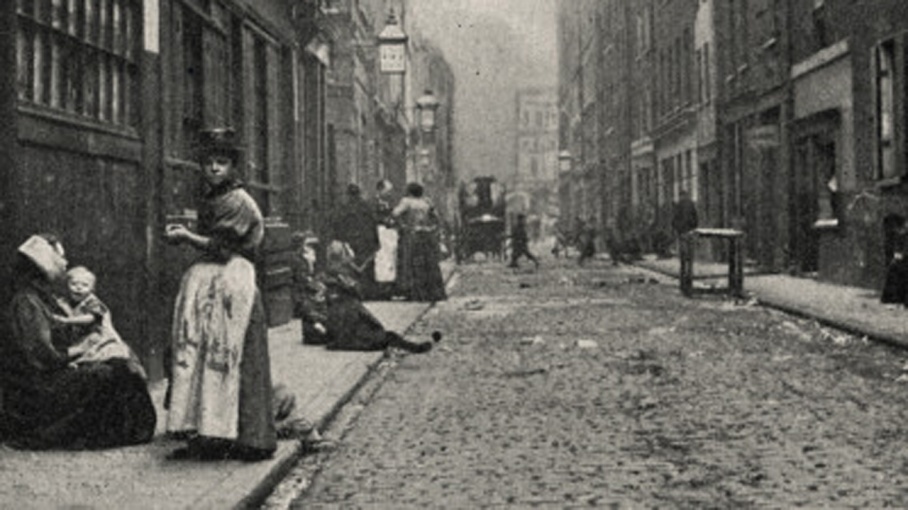

 One other possibility is that both men – Lechmere and Paul – were in league with one another. This theory, although farfetched, is not as farfetched as it might seem. PC John Neil (97J, Bethnal Green) reports that he had seen two slaughterhouse-workmen at work in the area about a quarter past three in the morning, and again when he discovered the body of Nichols. Only seconds after Lechmere and Paul leave the scene Neil arrives, and before PC Mizen gets to him, two men wander towards PC Neil and the body of Mary Ann Nichols. May these two men be Lechmere and Paul? This would explain the confusion of Mizen stating that the two men told him that another policeman wanted him on Buck’s Row. This theory is not very strong at all, and is mentioned here only to highlight the logical possibility.
One other possibility is that both men – Lechmere and Paul – were in league with one another. This theory, although farfetched, is not as farfetched as it might seem. PC John Neil (97J, Bethnal Green) reports that he had seen two slaughterhouse-workmen at work in the area about a quarter past three in the morning, and again when he discovered the body of Nichols. Only seconds after Lechmere and Paul leave the scene Neil arrives, and before PC Mizen gets to him, two men wander towards PC Neil and the body of Mary Ann Nichols. May these two men be Lechmere and Paul? This would explain the confusion of Mizen stating that the two men told him that another policeman wanted him on Buck’s Row. This theory is not very strong at all, and is mentioned here only to highlight the logical possibility.